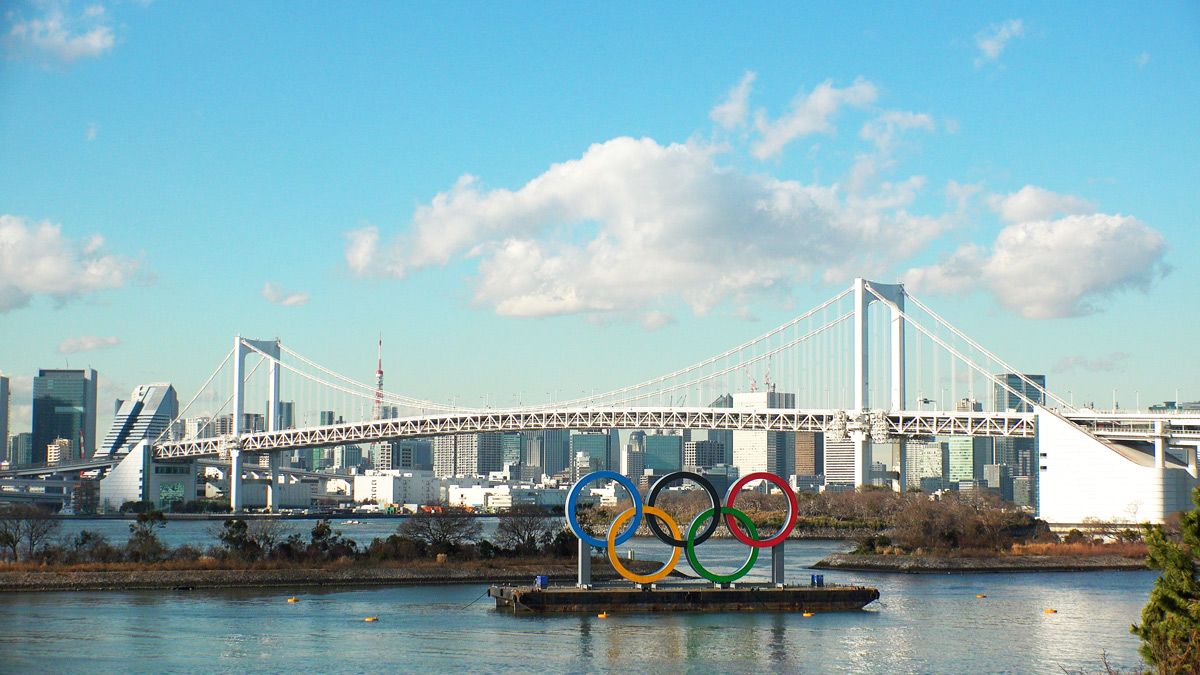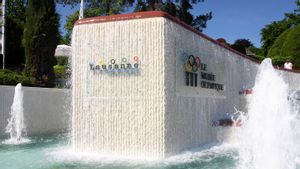Timekeeping at the Olympics has travelled a long distance since the first modern Olympic Games held at Athens. Old school stopwatches have given way to high-tech timekeeping devices including high-speed digital cameras, electronic touchpads, infrared beams, the use of GPS, to name a few.
Thanks to today’s advanced timekeeping techniques, athletes performing at the Olympics, can win or lose by a margin of 1/1000th of a second which translates to 40 times faster than the blink of an eye. However, to keep technology aligned with human comprehension, most results are still published to the 1/100th of a second. Yes, the difference of winning and losing can be that close.
Omega was the first watchmaking company to be appointed as the timekeeper at the Los Angeles Olympics in 1932. Only 30 hand-operated chronographs were needed to time the entire event. Tokyo will be the 29th time Omega will be fulfilling the duties of the Official Timekeeper at the Olympic Games, Summer and Winter Games included.
The evolution of timekeeping at Olympic Games
As athletes become faster and stronger, timekeeping has also advanced in its strengths and abilities. Let us focus on the three key pillars of technology inclusion that have been the backbone of timekeeping at modern games.
1. The starting pistol
One of the most enduring images from any of the Olympic Games is the starting pistol. Sound travels slower than light and the problem with the original design was those athletes closest to the pistol would always have a slight- still unfair- advantage as they would hear the start signal a fraction of a second before everyone else. Now, this poses a serious issue when you announce winners by 1/100th of a second.
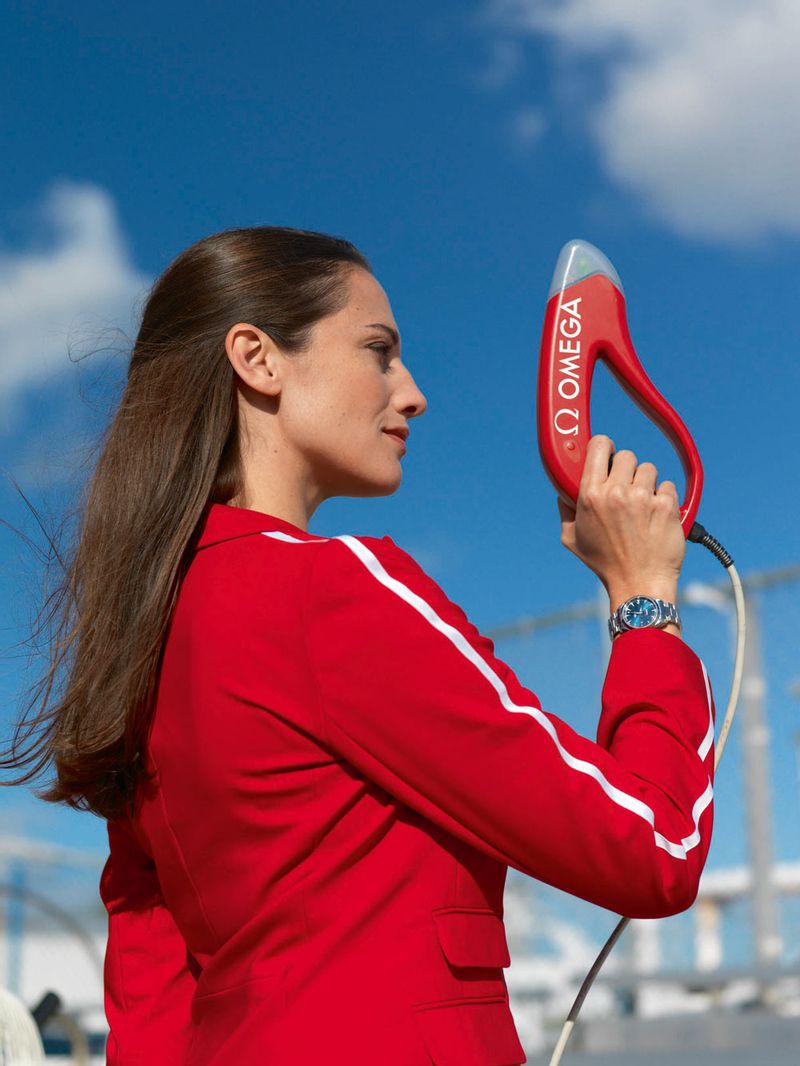
The new generation electronic starting pistol that made its debut at the Vancouver Winter Games in 2010 takes care of this problem. The bright red starting device is composed of a flashgun and a sound generation box. It’s connected to speakers positioned behind each racer so that everyone hears the start signal at the same time. Three things happen when the starter is triggered: a sound is played, a light is flashed and a start pulse is given to the timing device.
2. The photo-finish camera
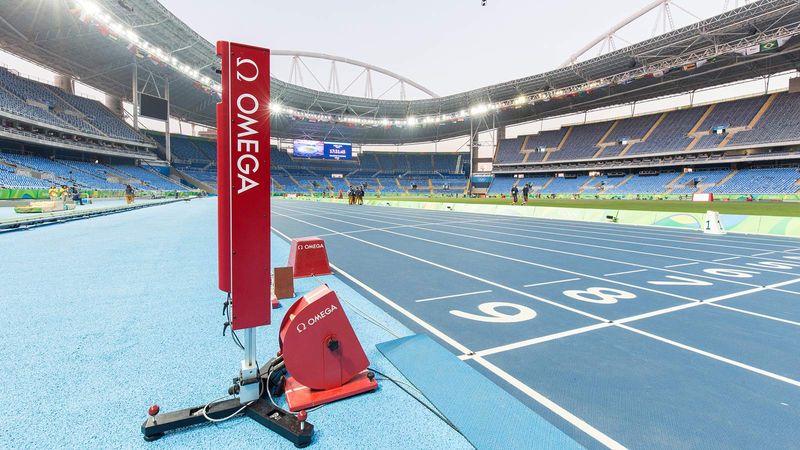
It was at the 1948 London Games that machines replaced humans for their timekeeping accuracy. Among the biggest introductions, was the first photo-finish camera, known as the Magic-Eye. It would produce a continuous image and a recorded speed that could be modulated by the specific needs of the sport. Four years later at the Helsinki Games, the next generation Omega Time Recorder allowed timekeepers to deliver results within 1/100th of a second, eliminating many controversial decisions marred by close finishes.
3. Photoelectric timing
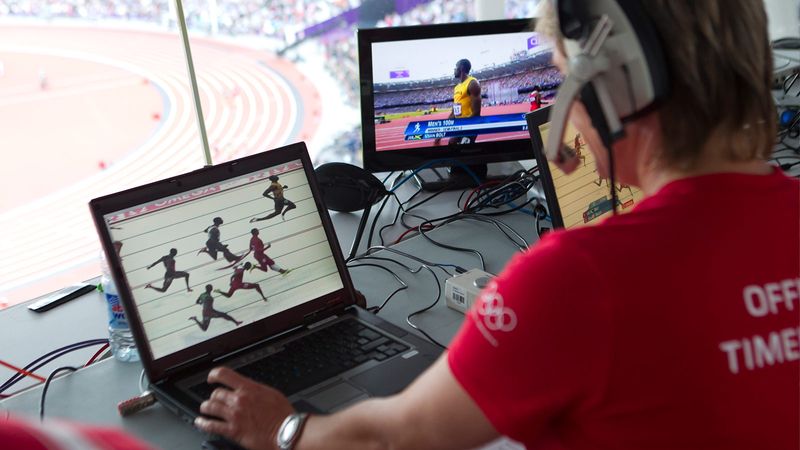
In 1948, the same year the photo-finish appeared, Omega also introduced photo-electric timing for the first time. The technology replaced the human eye with a lightning-fast electrical current. This beam of light ran back and forth along the finishing line so that as soon as the runner crossed it, the stopwatches would be triggered. Rendering the grand old finishing tapes redundant, the new technology was ready to measure time to 1/1000th second accuracy.
More than seven decades later, the photocell technology is still used to determine precisely when the competitor crosses the line. Minor but continuous improvements have been made by the introduction of infrared beams and adding reliability to the devices to withstand extreme weather conditions
Tokyo 2020 Olympics
It may be delayed by a year, but this year, the Land of the Rising Sun will finally host the premier sporting event of the world. With 339 events in 33 sports to be competed in, Omega will measure every second of the action. This includes brand new sports for the Olympic Games including karate, sport climbing, surfing baseball/softball, and skateboarding. With the arrival of Tokyo 2020, timekeeping is on the brink of a ground-breaking revolution. And here too, we are going to be spectators.
Timekeeping at Tokyo
|
Motion sensing and positioning systems at Tokyo 2020 Olympics
Athletics
Athletes on the track will be fitted with motion sensor tags on their start numbers. These tags will interact with a number of receivers around the course, and send crucial information back to the timekeepers. With this technology, timekeepers can provide real-time information such as live positions, live speed, acceleration, distance etc. Now you can watch the 400 m and know exactly where everyone is positioned on the turn. You can watch the 100 m and know who accelerated for the best start, or when the winner reached their top speed. In Tokyo, every performance will be thoroughly measured, telling the full story of victory from start to finish.
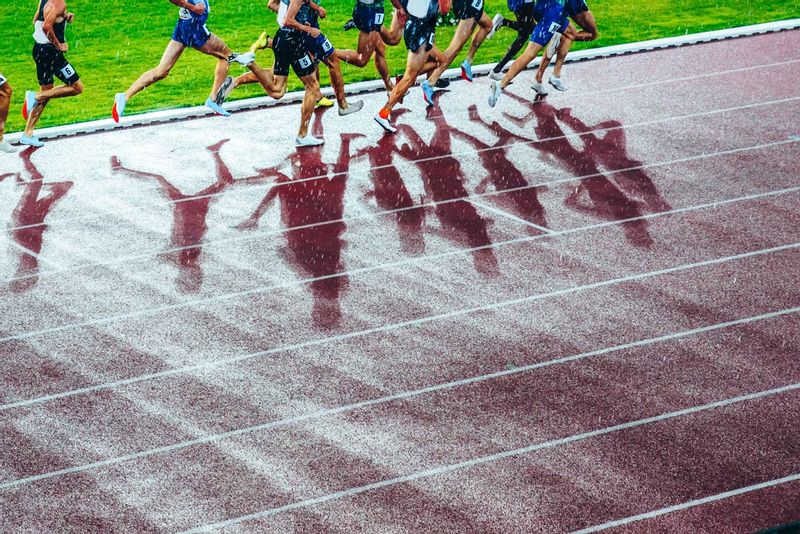
Swimming
Athletes in the pool will also have their complete performance measured – this time by image-tracking cameras around the pool that will track the movements of each swimmer. The information provided by this computer vision technology will enable Omega to reveal live positions, live speed, acceleration, distances between swimmers, and number of strokes. You can watch the 100 m butterfly and compare the number of strokes to see how the race was won.
Gymnastics
A slightly different technology Pose Detection will be used in gymnastics. This advanced system is a huge step forward for the sport and registers the complete movements of each athlete. Pose Detection will also be used as an adjudication tool for judges. They will have it at their disposal to review an athlete’s technique. For example, they can review the synchronicity of performers on the trampoline or review how accurately the athlete hits the middle of the jumping mat in the trampoline.
What's new at Tokyo 2020 Olympics?
Omega will be introducing new timekeeping techniques for a new sport introduced in Tokyo. At this event, athletes will compete in three disciplines of sports climbing for the very first time. The result of these will be combined as a single ranking to determine the men’s and women’s medal winners.
- Speed: Simply the fastest to reach the top of a 15 m wall. Omega has positioned two clocks at the top of the wall for two climbers who compete side by side. When the climbers reach the top, they must stop their own time by hitting the new Omega climbing touchpads, quite like swimming.
- Lead: Just six minutes on the clock are given to athletes and they must use the time to climb as high as possible on a 15 m wall. Only one attempt is allowed and the ranking is based on the height achieved within those six minutes.
- Bouldering: Athletes compete on 4.5 m high structures known as boulders. Each boulder presents different challenges and the competitors must solve as many as they can within a set amount of time.


